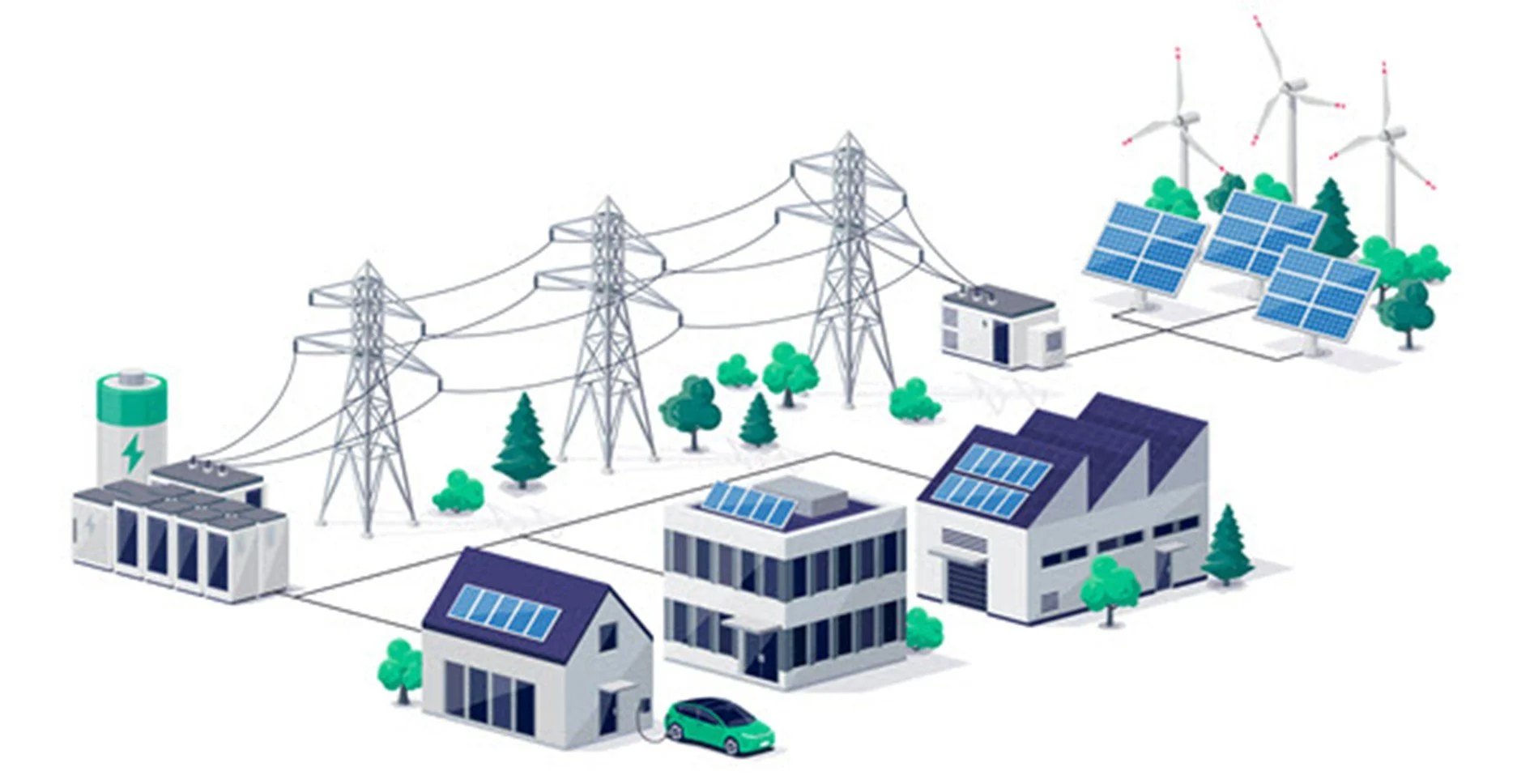FAQs
-
Battery storage, or battery energy storage systems, are devices that enable energy from power sources, like hydroelectric and wind, to be stored and then released when customers need power most. Lithium-ion batteries, which are used in mobile phones and electric cars, are currently the most-used storage technology for large scale storage projects to help electricity grids ensure a reliable supply of energy.
-
Battery storage technology has a key part to play in ensuring homes and businesses can be powered by electricity. The energy system must match energy supply with customer demand. Battery storage systems charge up when energy sources are producing more energy than customers need and discharge during times of peak demand to provide a reliable, steady supply of energy.
-
Yes. Battery energy storage systems are already in use in Ontario and several other provinces, supporting grid reliability and renewable energy integration.
-
The project is being developed by Samsung Renewable Energy and EDP Renewables, an experienced team in Canada’s clean energy sector. The facility is part of the province’s efforts to strengthen the reliability of the electricity grid and support the transition to cleaner power sources.
-
Ontario’s electricity demand is expected to grow due to economic expansion and electrification initiatives. The Independent Electricity System Operator (IESO) is adding new energy storage projects across the province to ensure a reliable, cost-effective power supply during peak demand periods.
-
The proposed facility will be designed to provide up to 200 MW of energy storage. This ensures that stored energy can be released when it’s needed most, helping stabilize the grid.
-
The battery energy storage projects will each consist of battery storage enclosures, electrical inverters and transformers, internal access roads, electrical and communication cabling, a small transmission substation, and other related electrical and infrastructure facilities. The exact layout of the infrastructure footprint has yet to be confirmed and will be determined through additional engineering studies, equipment procurement, and an environmental assessment.
See some examples that show what a battery energy storage project looks like at the bottom of the page.
-
Construction is expected to take about one year. Existing access routes will be used, and traffic management plans will be implemented to minimize disruption to local roads.
-
The project will be subject to the Class Environmental Assessment (EA) for Minor Transmission Facilities in accordance with the Ontario Environmental Assessment Act. The Class EA is a streamlined process for transmission projects anticipated to have a predictable range of environmental effects that can feasibly be mitigated with protection measures in place. More information about the Class EA process can be found on the Hydro One website here.
-
Currently, when energy demand outpaces supply, energy sources such as gas-fired power plants must increase energy production. The battery storage projects are expected to provide significant benefits to Ontario’s ratepayers by reducing the need and cost associated with using gas-fired power plants during times of peak demand.
-
The system will be designed and tested to meet stringent safety standards, including the National Fire Protection Association (NFPA) and Underwriters Laboratories (UL) standards for energy storage systems. The project team will work with local fire departments to develop emergency response and fire safety procedures.
-
Lithium-ion batteries are sealed units designed to prevent leaks. Monitoring systems detect any irregularities and automatically place affected modules in a safe state.
-
Construction activities may result in temporary noise increases in the area; however, once operational, the facility is expected to generate minimal sound. Noise modeling is being completed to inform the design and ensure compliance with provincial noise standards through the Environmental Activity and Sector Registry (EASR) process. The project design will also incorporate landscaping, visual screening, and controlled lighting to minimize visibility and off-site impacts. Visual renderings will be developed to show what the completed facility will look like.
-
The batteries are designed to operate for more than 20 years. At the end of their service life, components will be recycled or returned to manufacturers for reuse in new battery products.
-
For more information or to share feedback, please use our contact form or email us a info@gatewaybess.ca.



